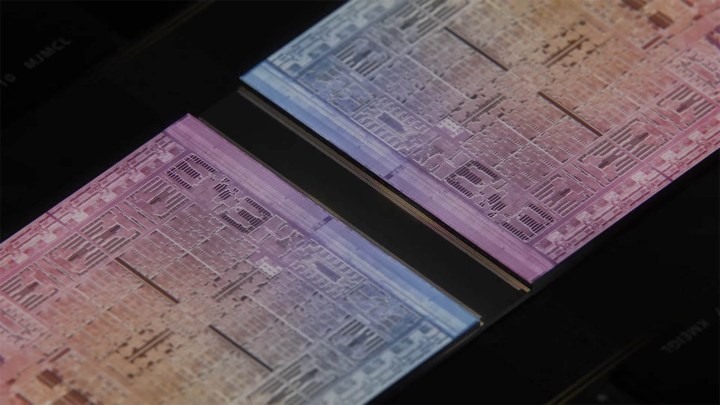The Mac Pro has always been the cream of the crop in terms of performance. That’s why its transition to Apple Silicon has been so highly anticipated over these past couple years.
But with the latest reports pointing to yet another delay, it’s time to get serious about whether or not an Apple Silicon Mac Pro make any sense at all in the new lineup Apple has created. Given the situation, maybe it’s time for Apple to kiss this design goodbye for good.

Apple Silicon modularity doesn’t work
The Mac Pro is the opposite of everything that makes the Apple Silicon Macs work. It was reintroduced in 2019 as not only the most powerful Mac in the lineup — but also the most modular. This was Apple’s take on a traditional desktop tower, meaning many of the components could be upgraded, repaired, or replaced with ease.
That’s the antithesis of what the Apple Silicon design ethos stands for. These highly efficient chips contain everything in one, including graphics and memory. By design, nothing can be upgraded by the user.
And according to the latest reports, Apple’s plan was to use an Apple Silicon chip in an updated Mac Pro, while removing the ability to upgrade graphics. While storage would still be able to be upgraded, by the logic of the design of Apple Silicon, it’s hard to imagine how memory could be upgradeable. Without this kind of modularity, one of the primary selling points of the Mac Pro is out the window — and the very idea already has Pro users frustrated.
All that’s left, in this case, is better performance. But even that may be in jeopardy.
The elephant in the room

Apple announced the Mac Studio last spring, and the brand new desktop in the lineup certainly felt like a proper replacement of both the 27-inch iMac and the Mac Pro. With it, the M1 Ultra, the most powerful configuration of the M1 we’d ever seen, made its debut. The M1 Ultra was made by stitching together two sides of the M1 Max die, packaged using the company’s UltraFusion technology. The result was incredible performance, especially on the graphics front, with up to 64 GPU cores.
Despite that fact, Apple insisted at that very same event that the Mac Pro was, indeed, still in the works. At the time, we all took that to mean Apple had some kind of more powerful chip in the works, which became known in the rumor mill as the M1 Extreme. Some reports indicated that sort of M1 Extreme was being engineered, but as the delays mounted, it became clear that such a chip wasn’t making the cut after all. All the while, Apple executives continued to commit to the idea that the Apple Silicon Mac Pro was coming.

And now, word on the street is that the new Mac Pro will use an M2 Ultra. That would be, as it sounds, the successor to the same chip that debuted in the Mac Studio. As you can probably imagine, that leaves very little difference between these two desktops. Given how much cheaper and smaller the Mac Studio is, what possible reason would there be to buy the Mac Pro?
Apple’s plan seems to be to skip an update to the Mac Studio to avoid cannibalization in its own lineup. But come on, that’s not a sustainable solution — especially not for a company that thinks out its product lineups like Apple does. The company has clearly painted itself into a corner, and it might be smarter now to just bow out now.
It’s OK to bow out
Mark Gurman is the reporter on many of these rumors, and he still believes a Mac Pro update is coming later this year. If that’s true, Apple may try to time it with the launch of the M3 chips. We’ll have to see if this turns out to be true.
For all we know, Apple very well may have some kind of brand new solution in the works. Maybe it’s figured out a way to really distinguish the Mac Pro from the Mac Studio. If it intends to keep the Mac Pro around, I sure hope it does. But from the information we have now, I think it makes a lot more sense for Apple to bite the bullet and kill off the Mac Pro before it becomes another canceled product like AirPower.
Editors’ Recommendations




